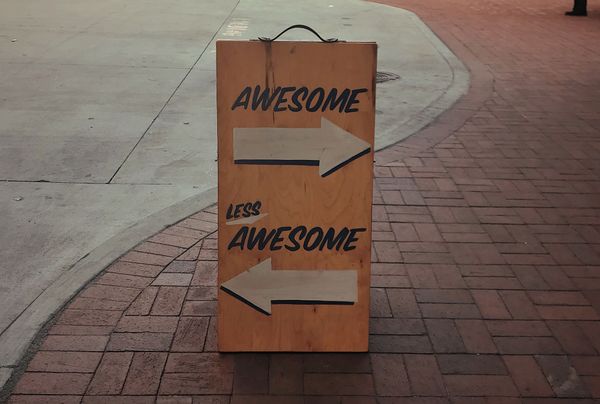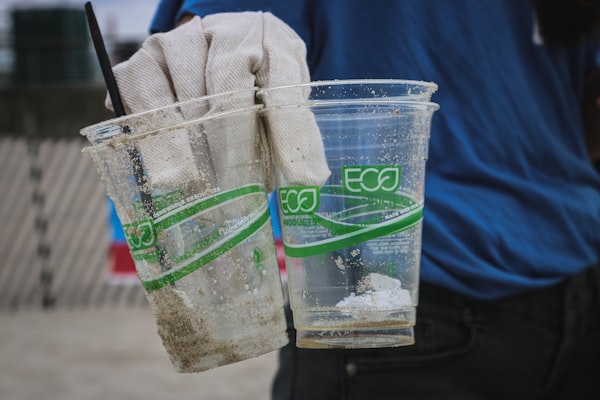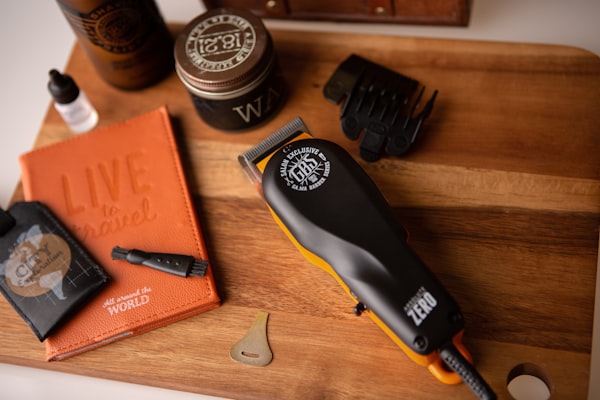You've got the Power!

Do you remember the Mighty Morphin Power Rangers? Kids across the world would tune in to each episode. Why? Probably not the unrealistic and convoluted storylines. A simpler answer is in the name: Power!
Power shows up as a magnetic force (and even an aphrodisiac) in a number of settings. Far, far away from morphin forces, we know with concrete definiteness that humans are attracted to people that exhibit power traits. Little further more is needing to be said on this point - most people are more than conscious that powerful women and men are rated as more attractive than the equivalent. Of course, this is complicated because there are also different types of power. This needn't be unpacked here. What is perhaps less intuitive is the factors associated (correlate) with power. Whilst we make inferences about a person's power from their objective power (e.g. politician, CEO), we also do the same from more subjective cues. For example, research suggests that men are seen as more powerful than women, tall people are seen as more powerful than short, aggressive rather than passive, and the use of shorter sentences and less emotional language dominate over longer and/or more flowery sentences - at least in driving perceptions of power.
In addition, it isn't just individuals that can leverage these characteristics - products and brands can also appear as more powerful; and this can be incredibly worthwhile and useful in categories where competence is critical. Think about your kitchen cleaner. In this category, do you want something warm and cuddly (e.g. "so you don't have to be friends anymore with germs") or a brand that comes across as powerful ("cuts through grease!", "BANG and the job is done")? The words used in a brand name and product claims can make a big difference to perceptions of power (and thus, credibility). But, words are not the only tool in a marketer's armoury.
Indeed, marketers can also use factors such as product shape and form to display power. For example, a recent piece of research by Chen et al. in the Journal of Retailing showed that for bottles (and other packaging shapes), when the form is thin and tall rather than short and fat, consumers interpret the brand as being more powerful with related advantages attached to that. Why? Because powerful people are slim, healthy and tall - at least subconsciously to use. Similar research in the automotive industry confirms this idea. When a car is designed using a grill that looks as if it is smiling (Mazda MX5), they will be more likely to be interpreted as approachable and suitable for fun rather than performance, when compared against more aggressive forms (Dodge Challenger).
Although these are just two examples of how power perceptions can be created, as you look around at products, I can guarantee that you will notice how subtle tricks are used to communicate positions of power. Of course, this can be achieved in a myriad of ways beyond the examples.
The trick for marketers looking to use this approach is in ensuring that it fits with the strategic image the company aspires to... getting this wrong would be anything but a "power" play.




